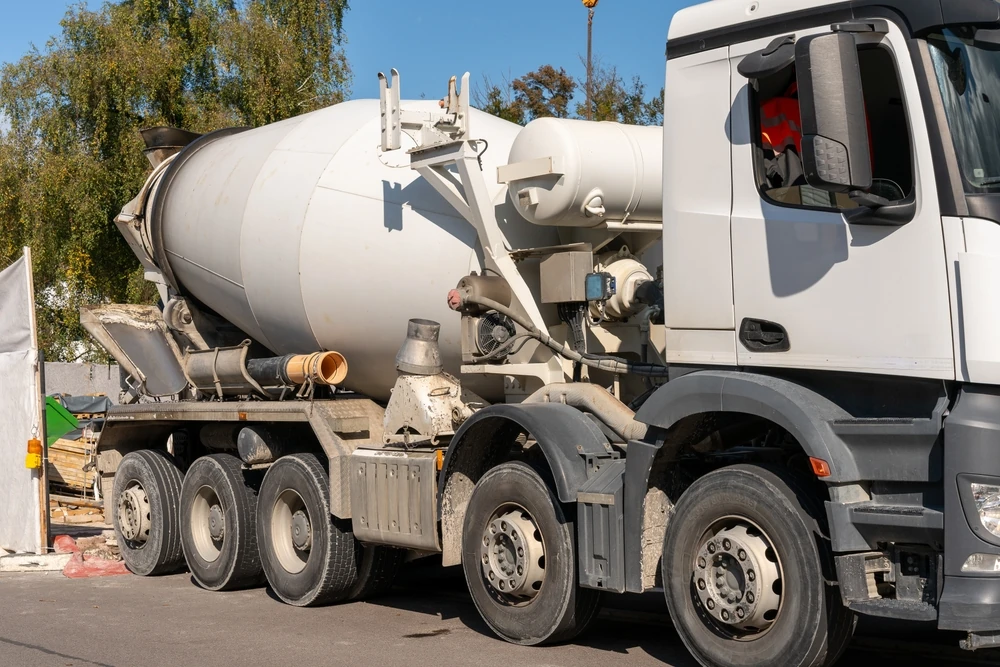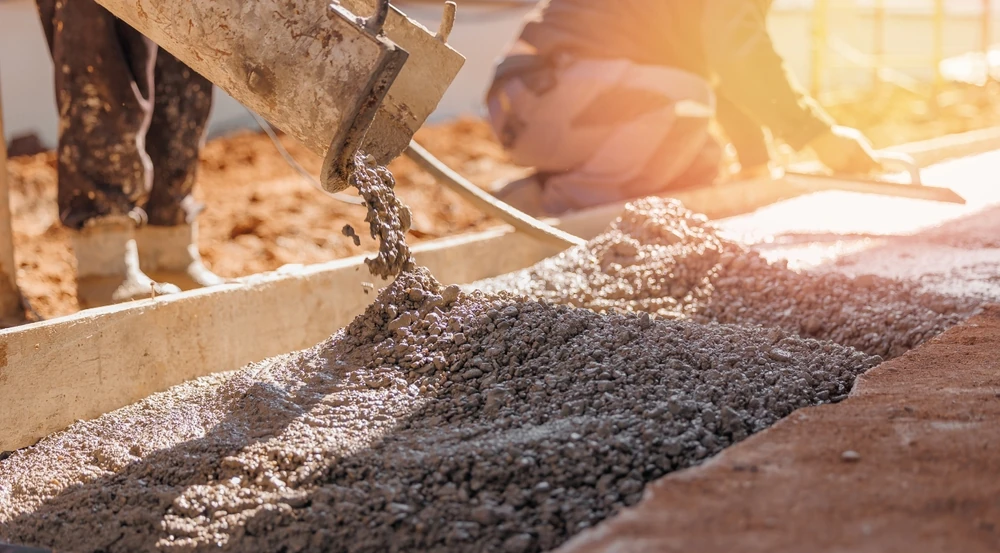Every successful project starts with precision and coordination. Our team at Maitland Ready Mixed Concrete understands that even the smallest delay or oversight can disrupt a building schedule and slow down progress. Delivering the right amount of material at the right time is more than just transportation, as it’s about teamwork and careful attention to detail.
Behind every perfect pour lies a process that depends on many factors, most of which are often invisible to the client. Weather changes and site conditions play a role in determining how efficiently deliveries reach your project. By managing these elements proactively, we ensure smooth operations and consistent quality that helps every build stay on track.

Getting materials delivered at the exact time they’re needed takes planning and clear communication. The just-in-time approach reduces on-site clutter and keeps workflow moving without long pauses. However, several hidden aspects can determine the success or failure of this delivery method. Working with a reliable concrete supplier in Newcastle helps ensure that the site’s readiness and potential traffic delays are handled efficiently.
Site accessibility is one of the most underestimated factors in on-time deliveries. Even with a well-prepared schedule, narrow driveways or uneven surfaces can create unexpected obstacles for trucks and drivers. Ensuring that the access routes are clear and properly prepared before delivery can prevent costly downtime.
Traffic conditions can often turn a well-planned delivery into a frustrating wait. Busy routes or unpredictable congestion and ongoing roadworks can all affect timing, especially during peak hours. Careful route planning and timing adjustments are vital to keeping things on track.
Many large projects rely on multiple loads arriving at different times throughout the day. Coordinating these can be tricky, particularly when each stage of the work depends on the previous one being completed. Poor timing can lead to rushed pours or idle crews waiting unnecessarily.
Weather conditions can be unpredictable and play a huge role in the outcome of a delivery. From heatwaves to heavy rain, each season brings its own challenges that can influence both timing and quality. Knowing how to prepare and respond makes the difference between a smooth pour and one that causes delays or rework. Preparation and adaptability are essential in dealing with these natural factors.
High or low temperatures can affect the setting time and durability of materials. In very hot conditions, the mixture can dry too quickly. In cold weather, on the other hand, it might take much longer to set. Adjusting delivery and placement times ensures consistent performance regardless of the season.
Rain is one of the most common causes of delivery rescheduling or rework. If the mixture gets exposed to too much moisture during or after placement, it can lead to weak spots and uneven curing. Managing weather risks requires close monitoring and quick decision-making.
Windy days can create challenges by increasing evaporation rates and reducing surface quality. While often overlooked, wind can cause uneven curing and cracks if the surface dries too quickly. Proper preparation can minimise these issues and preserve durability.

Compliance with local laws and safety standards plays a critical role in project success. Every area has its own set of requirements that dictate how deliveries are scheduled, how waste is managed and how safety measures are implemented. Staying informed about these rules prevents fines and unnecessary rework. Partnering with a team familiar with these requirements ensures a smoother workflow.
Councils often have strict guidelines on vehicle movement, noise levels and site management. Meeting these standards not only ensures compliance but also fosters good relationships with the community and local authorities. Ignoring them can lead to severe penalties and project delays.
Sustainability and waste management have become central concerns for every building project. Responsible handling of leftover materials and washout water is required by law in many regions. Proper planning ensures both compliance and environmental care.
Safety during delivery is critical not only for workers but also for surrounding properties and pedestrians. Following proper safety procedures reduces risks and ensures compliance with both company and local regulations.
Smooth coordination between the site and supplier ensures efficient timing and consistent product quality. Open communication reduces misunderstandings and helps adapt to changes while fostering trust throughout the project. Maintaining close contact with your supplier helps prevent minor issues from turning into major setbacks.
A clear confirmation process avoids confusion and mistakes. Misunderstandings about mix types or delivery times can lead to waste and rework. By confirming all details ahead of time, both parties can plan accordingly and stay aligned.
Real-time updates make coordination smoother and reduce stress during critical moments. Whether through phone or digital communication, immediate information keeps everyone informed and ready to act.
Consistent partnerships lead to better understanding and smoother coordination for higher-quality outcomes. Working with a supplier who understands your project style and expectations can make future deliveries faster and more reliable.
Achieving successful deliveries depends on much more than just the quality of the material. It requires awareness of factors like site conditions and compliance factors that all work together to ensure efficiency. When these aspects are managed properly, the entire process becomes safer and smoother from start to finish.
Maitland Ready Mixed Concrete takes pride in understanding these hidden factors and managing them with care and precision. By maintaining strong communication while following local standards and planning every step meticulously, we help our clients complete their projects on schedule and with confidence.
Call our friendly and highly experienced team today to get your concrete, sand, aggregate, and landscaping products.